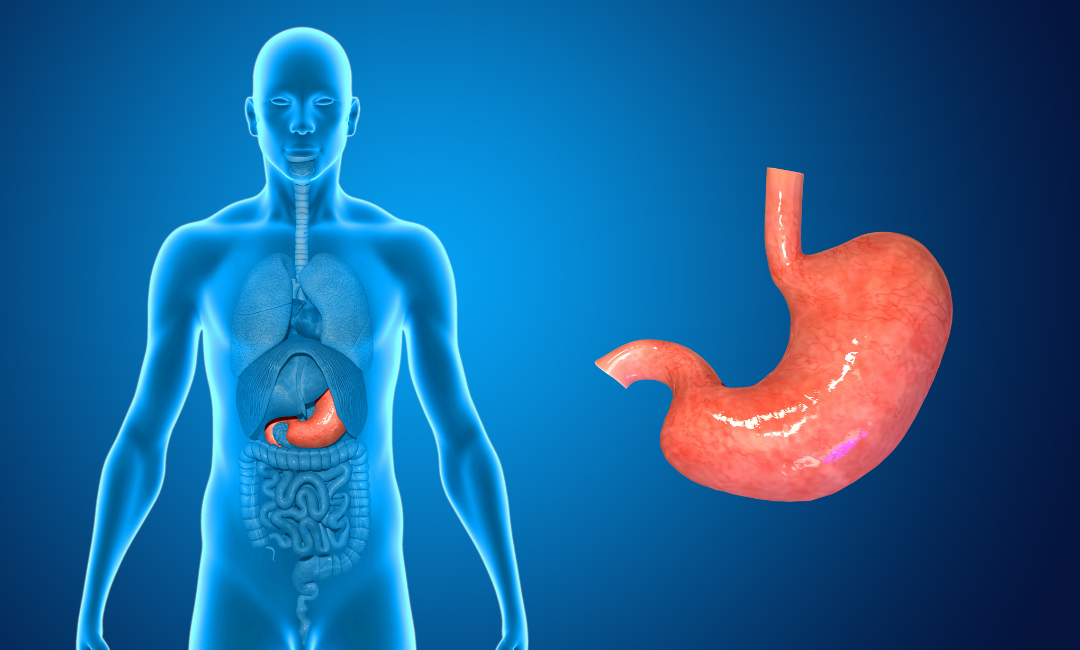Did you know that your stomach is and needs to be a very acidic place? When your digestion is functioning properly, your stomach is very acidic, with a pH of 1.0-1.5! Let’s look at how to test and boost your stomach acid (if necessary).
First, let’s look at why your stomach needs to be so highly acidic. Your stomach is the place where foods come in from your mouth. Often, we do not chew thoroughly, and food enters the stomach still chunky, (unless you are drinking your meal, think smoothies!). If you chewed it well, then your food moves on in a near liquid state. Your stomach acid is responsible for further breaking down what you’ve consumed. When food leaves the stomach, it should be in a thoroughly liquid state, similar to how a smoothie looks after being blended in a high-powered blender. When food leaves the stomach and enters the small intestine, it should be so well broken down that it is pretty much ready to be absorbed.
Low stomach acid
When stomach acid is not sufficient, food is not fully broken down. And, despite how nutritiously you may be eating, you then may not be absorbing the nutrients from your food! This is a prime example of what I believe – that we are not only what we eat, but what our bodies can do with what we eat.
Reflux, contrary to popular belief, can be a sign of low stomach acid rather than excess stomach acid. It may also be a sign of a hernia at the gastroesophageal sphincter, but more on that later.
Some other symptoms of low stomach acid include nutritional deficiencies such as low vitamin B12 and low iron, gas, bloating, premature aging, and undigested food in your stools.
SO, if you have these symptoms, you probably already know, based on your symptoms, if your stomach acid levels may be low. But, if you want to test your acid levels, let’s talk about your options.
How to Test and Boost Your Stomach Acid
There is an expensive and accurate test for stomach acid levels called the Heidelburg Stomach Acid Test. It is around $350 and not typically covered by insurance.
However, expensive testing may not be necessary! There is an easy way, using baking soda, to broadly test your stomach acid levels yourself at home. Do this on an empty stomach, first thing in the morning.
Baking Soda Assessment:
- Stir 1 tsp baking soda into an 8-10 oz. glass of water
- Smell and think about food – stimulating your Cephalic Phase of Digestion which gets your digestive juices and enzymes flowing
- Drink the Glass of Baking Soda Water over a couple of minutes (it tastes a little unpleasant but is definitely doable!)
Results: Acid mixing with baking soda causes burping. Little to no burping likely means you lack stomach acid.
Betaine HCl test
Another way to test stomach acidity is with the use of a stomach acid supplement called Betaine HCL with pepsin. This is my preferred method. Betaine HCL with pepsin supplement is available in my Fullscript dispensary or it is also available in your local health food store or online. I would recommend starting low and slow with this supplement (as with any new supplements) if you choose to try it.
Betaine HCL stomach acid test*:
*Note – The use of Betaine HCL with Pepsin is NOT RECOMMENDED for those who have an irritated stomach lining or a stomach/peptic ulcer.
*Note – If you do not experience warming in your stomach when using this supplement, then your stomach acid levels are low.
- Day one, take one Betaine HCL supplement pill with dinner.
- On Day two, take one pill with lunch and one with dinner.
- Day three, take one pill with breakfast, lunch, and dinner. In this same manner, work your way up to two pills at the start of each meal.
- If you feel a warming sensation in your stomach at any point, back down to the last level you were at and stay there. This is the amount of acid supplementation you need currently with meals, especially with meals containing protein.
There are also natural and food-based solutions for low stomach acid which I will tell you in an upcoming blog post.
These statements have not been approved by the Food and Drug Administration

